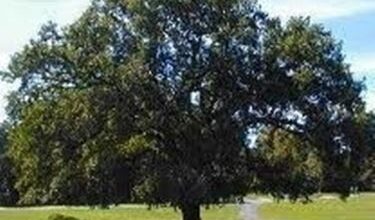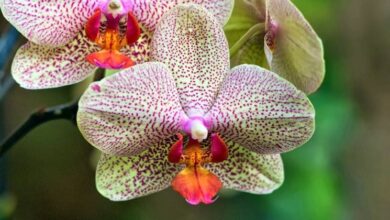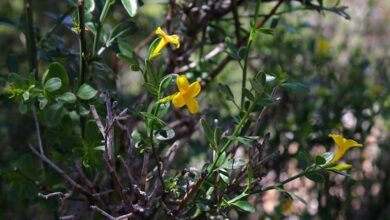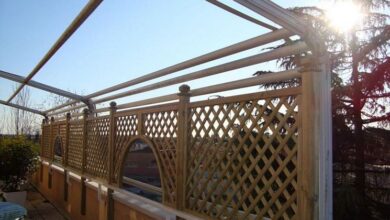Akadama
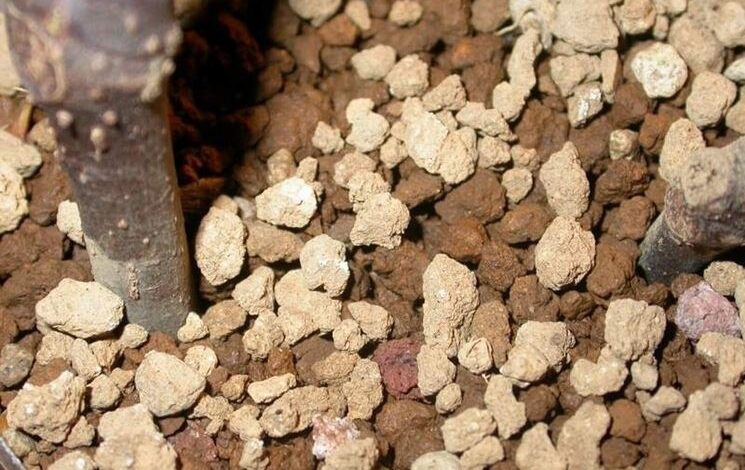
Akadama origins
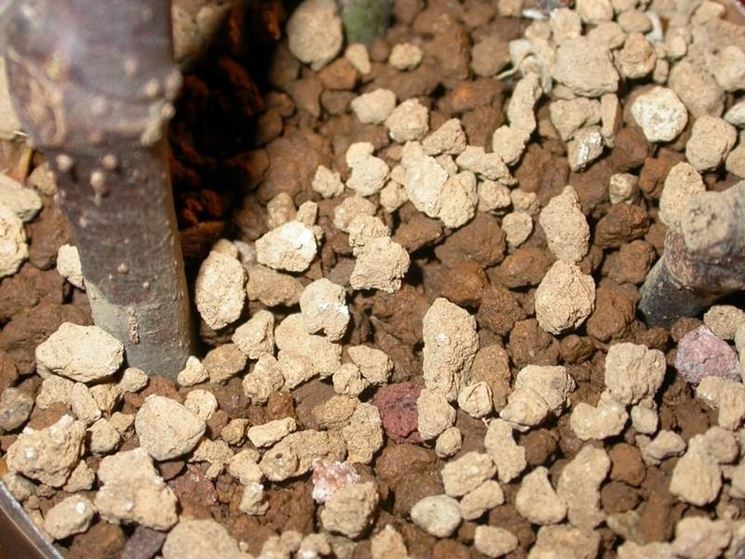
Akadama features
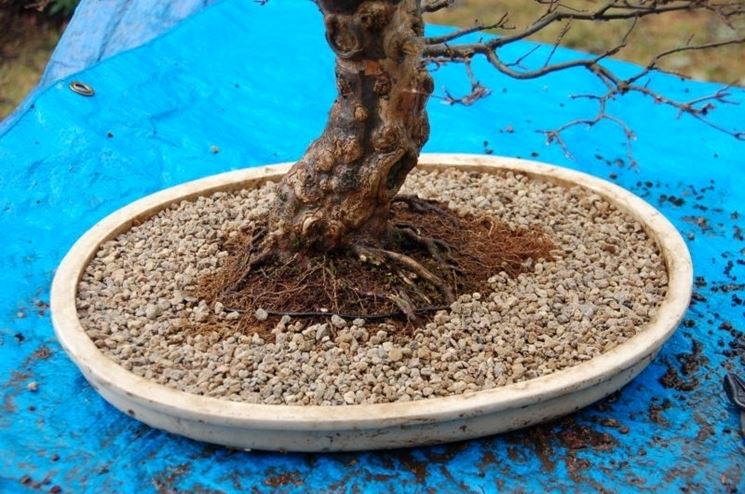
Akadama is the most suitable element to form the soil of any bonsai, especially for its property of collecting, and therefore providing the plant, the nutrients necessary for its survival, while always guaranteeing an excellent drainage that avoids the risk of root rot. When preparing a pot for a bonsai, Akadama should be used together with the right amount of sand, clay, soil and specific fertilizer for these plants. In reality, each bonsai needs a specific soil, but in any case the three fundamental elements must not be missing, which are gravel, organic soil and akadama. From these components we can understand the importance of drainage for this type of plants so delicate. Moreover, thanks to its volcanic origin, Akadama
Akadama uses
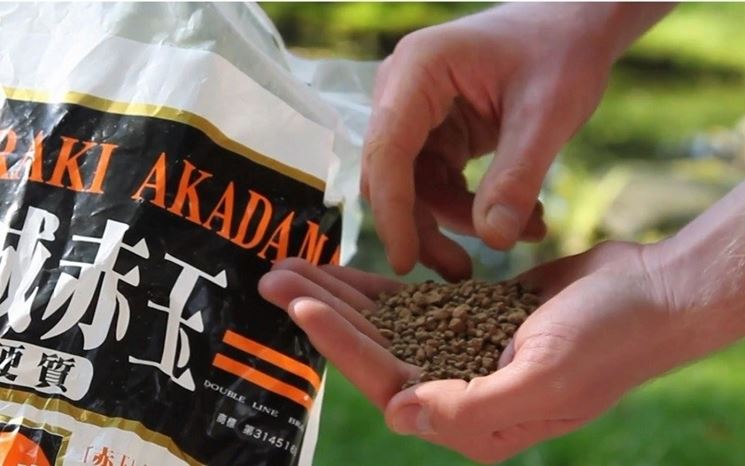
Akadama, thanks to its granular nature and the substances it contains, also allows the plant to be ventilated at the right point and also to be moist at the right point, since it conserves water as well as nutrients, but without this go to affect the roots. However, there is a contraindication to the use of akadama: this special material crumbles over time, becoming compact earth and at that point it will no longer be able to guarantee neither drainage nor aeration. For this reason, periodically, it is necessary to intervene on the pot in our bonsai and replace the akadama or integrate it with new material. In specialized shops and nurseries, this soil is sold in bags on which one to three red marks are shown, indicating the size of the granules. Before proceeding with use, the akadama must be sieved to remove any residual dust or other substances, then it must be rinsed to clean it and finally it must be left outdoors to dry. Only at the end of this procedure will it be ready for use. Many people also use akadama to create aquarium bottoms.
Akadama in bonsai soil
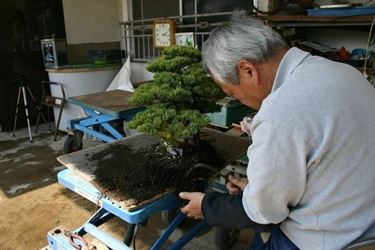
When planting a bonsai, it is necessary to create a rich natural environment around it that is favorable to its development and characteristics, therefore stones, rocks, moss and so on will also be used, but the most important thing is to have the right soil that guarantees drainage and right humidity at the same time. Akadama guarantees all this, but it is a material that costs a lot because it is extracted and processed only in Japan, so only for the finest bonsai is it used as the only element to be placed under the clod of the plant. In all other cases, a thin layer of akadama is placed on the bottom of the pot, which will then be covered with the right mixture of sand and soil and then with the clod of earth that contains the roots of the bonsai. When buying a lot of akadamaremember to pay attention that it is an original product. When the akadama begins to flake it takes on a lighter color each time the bonsai is watered. When this happens it means that we have to replenish it with another product, or just replace it and create a new draining substrate under the plant.

